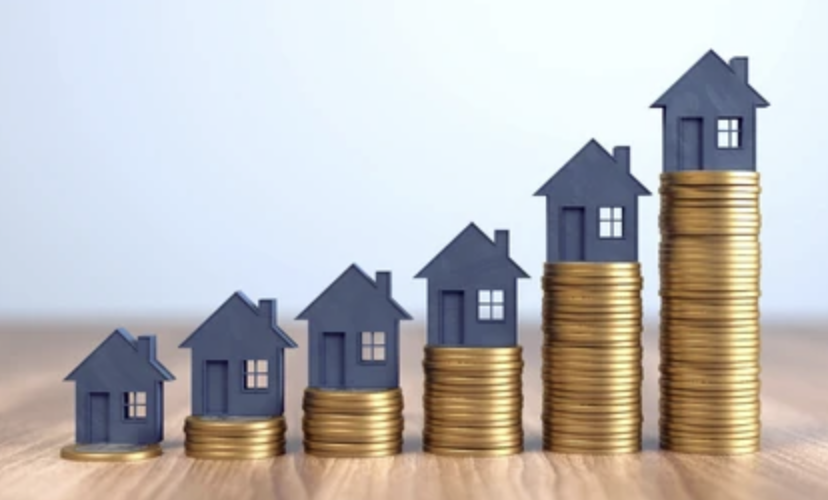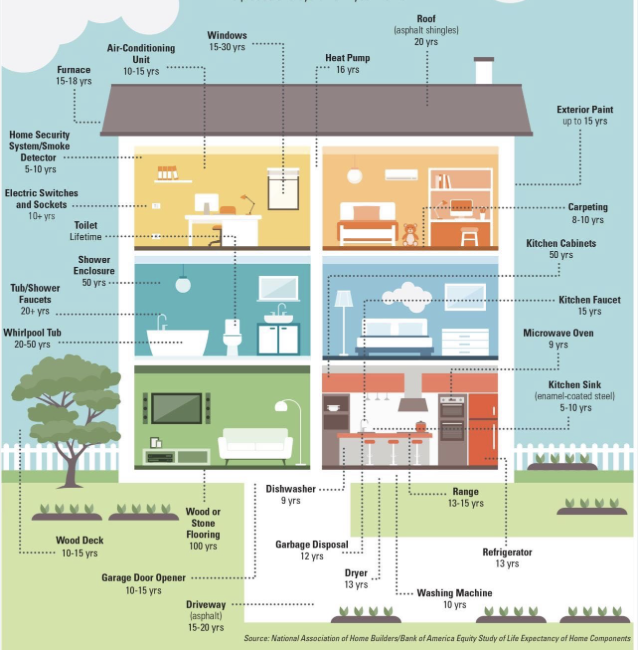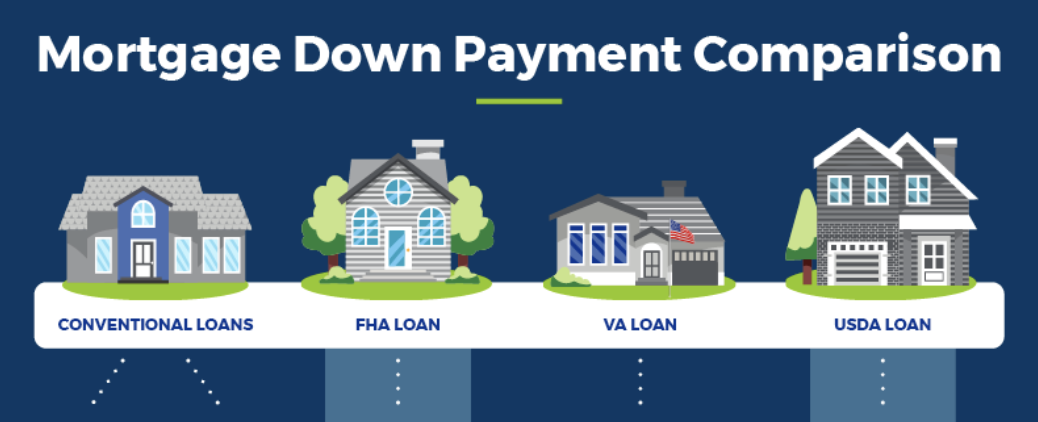Spring is in full swing, and the real estate market is moving fast. Whether you’re looking to buy, sell, or rent, staying informed can help you make smarter decisions and avoid costly mistakes. Here’s what you need to know to navigate the market with confidence this season.
For Buyers:
- Interest Rates: Rates have fluctuated slightly—get pre-approved now to lock in a better deal.
- Competition: Inventory is still tight, so be ready to act quickly and put your best foot forward.
- Neighborhood Trends: Western suburbs like Weston, Sudbury, and Wayland are hot—know where to look based on your goals.
Tip: Work with an agent who can help you find off-market or early-listing properties.
For Sellers:
- Spring Curb Appeal: First impressions matter—landscaping, paint touch-ups, and staging go a long way.
- Pricing Strategy: Homes are moving fast, but strategic pricing is still key to attracting multiple offers.
- Closing Timelines: Be ready for buyers who want flexible move-in dates—especially those transitioning from leases.
Tip: Pre-list inspections can make your home more attractive and reduce negotiation delays.
For Renters:
- Timing Is Everything: June 1 and September 1 are peak move-in dates—start looking 60-90 days in advance.
- Flexibility Pays Off: Mid-month move-ins (like June 15th) can help you avoid double rent, but few landlords will prorate—know what to ask for.
- Know Your Rights: Rent increases, security deposits, and lease terms—understand what’s standard and what’s negotiable.
Tip: Get everything in writing and always document the condition of the unit before moving in.
Final Thoughts:
Whether you’re buying your first home, selling your current one, or looking for your next rental, being informed puts you in control. Want personalized advice for your situation? Let’s talk!

 Facebook
Facebook
 X
X
 Pinterest
Pinterest
 Copy Link
Copy Link









